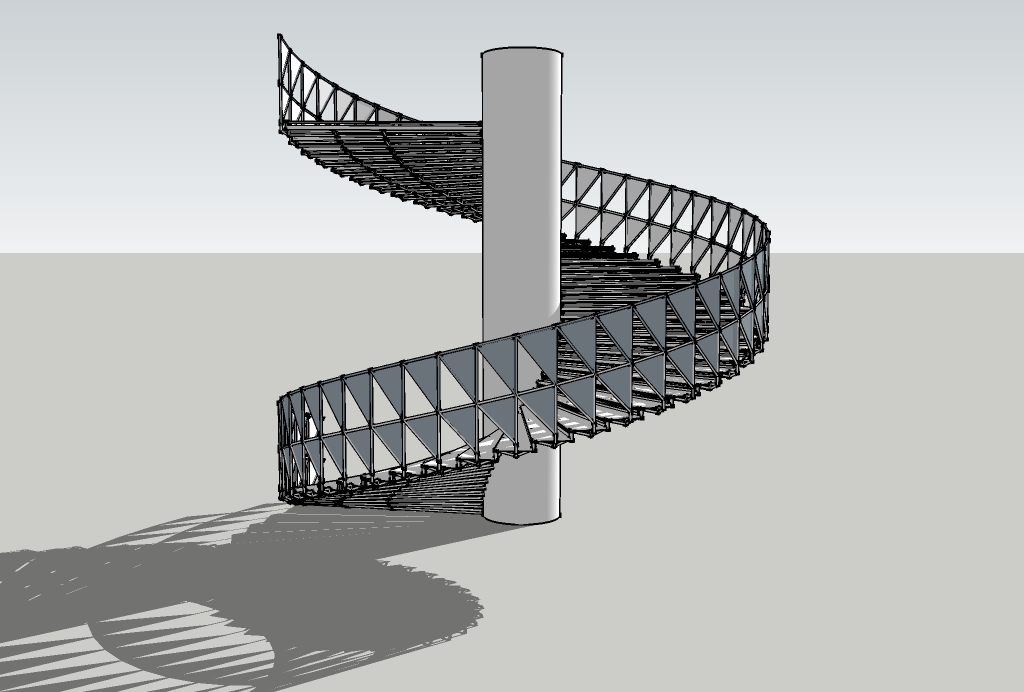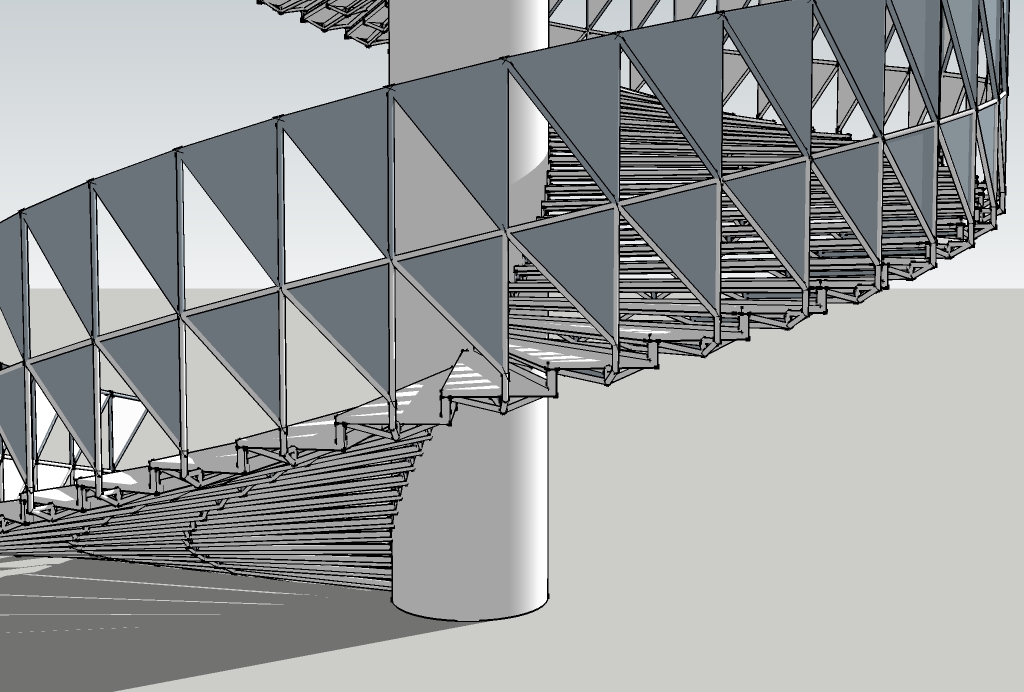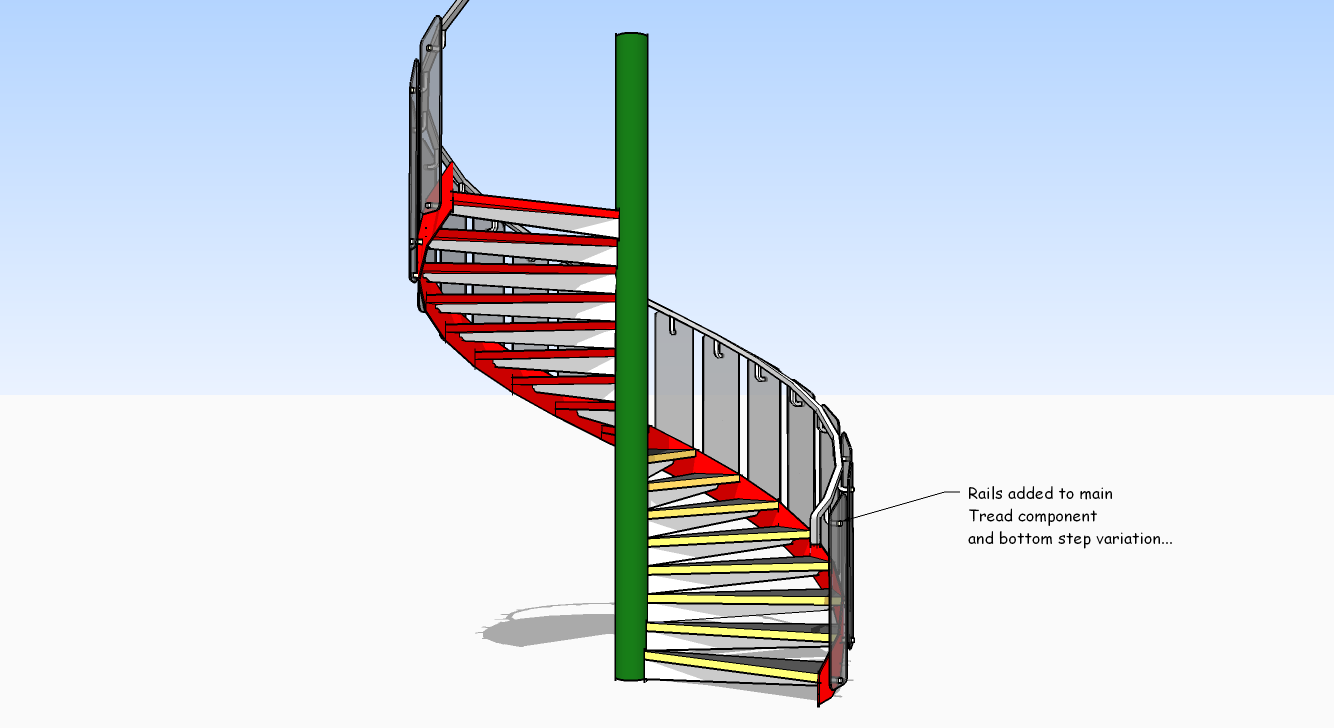Metal Spiral Stairs - how to do it?
-
@unknownuser said:
gotta admit.. this is one area where bonzai3D is far superior to sketchup. parametric stair building!
jeff,
i agree with it up to a point. it is true that out of the box sketchup surely lacks some tools other apps offer as a matter of fact. (i wonder if parametric tools are not on the list for v8.)
on the other hand, i have not heard of any development of plugins for b3d. perhaps it does not need them but can an app be so perfect it foresees all possible users' needs?
but at the same time as it is great to have such a great group of people creating plugins for sketchup, it is enough for one of them to lose interest in it or be too busy to keep them updated for a whole bunch of plugins to become unusable.
-
@unknownuser said:
1001bits Stairs case

thanks, pilou, but if you read this thread with some attention you will notice that i posted a stair made with 1001bit tools, and even said it was the best solution i had found.
-
1001bits Stairs case
 (video)
(video) -
ah yes
 this last was for the video
this last was for the video 
-
-
Hi,
I have also tried the 1001 bit tools. For a standard spiral staircase, it's wonderful. You can quickly change the dimensions and gets in a very short time, a spiral staircase but always with the same design.
Sure that a commercial working architect will have a different view because time is money.
Will you have a custom design, then GROW along with a staircase component is the best choice. At the beginning you have to calculate and construct a little more but in the end you have an individual design.
Karl



-
charly
Here's my original Grow tutorial [GrowHelicalSteps2] updated for handrails
 GrowHelicalSteps2.skp
GrowHelicalSteps2.skp -
Hi TIG,
thanks for this nice tutorial.
Charly
Advertisement








